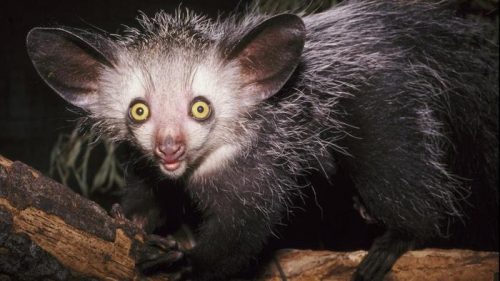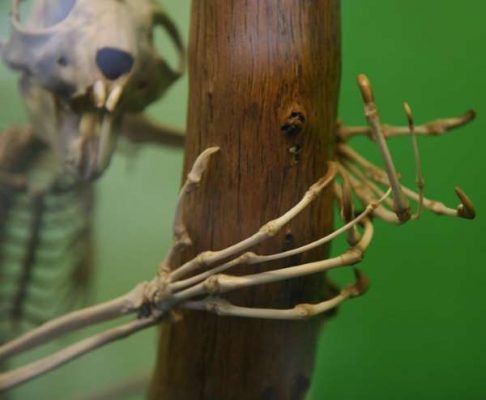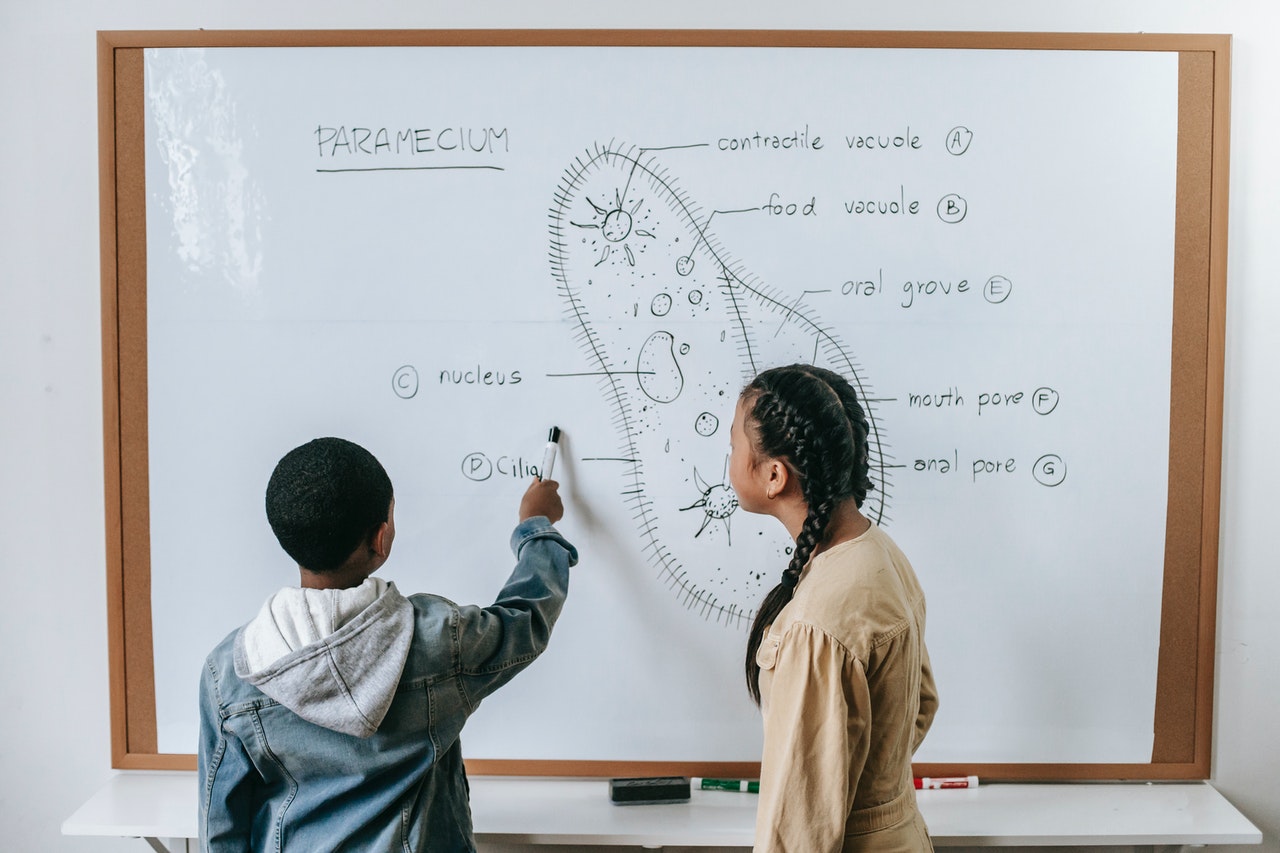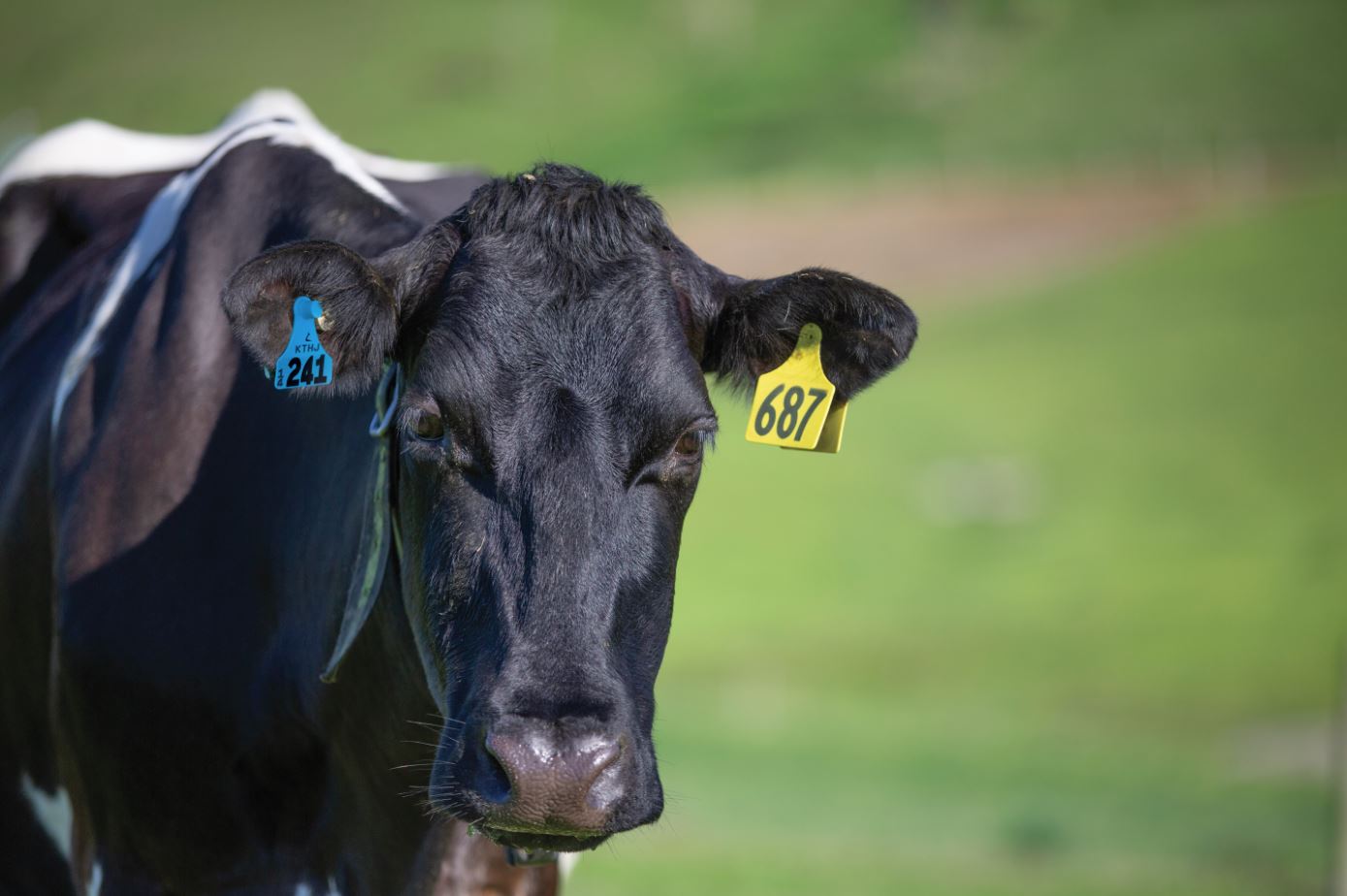The aye aye (Daubentonia madagascariensis) is probably the strangest of all primates. The lemur lives in the forests of Madagascar which is not surprising as most lemurs are native to the island. The aye aye is the largest nocturnal animal in the world. It has long been the victim at the hands of local people. The native people kill aye aye because they think the lemur is a sign of bad omen. After killing they hang the dead body of aye aye so that it drives away all the evil forces. This indeed threatens the survival of aye aye in its natural habitat.
Aye Aye
Scientific Classification
| Kingdom | Animalia |
| Phylum | Chordata |
| Clade | Synapsida |
| Class | Mammalia |
| Order | Primates |
| Suborder | Strepsirrhini |
| Superfamily | Lemuroidea |
| Family | Daubentoniidae |
| Genus | Daubentonia |
| Scientific Name | Daubentonia madagascariensis |

Natural History
- The aye aye is the only living member of the family Daubentoniidae. The front teeth are similar to those possess by rodents that is why early scientists thought aye aye could be a rodent. Even today scientists are not sure if aye aye is correctly classified in the order Primates.
- The head, ears, and eyes resemble felines. Lately it was thought to be a squirrel.
- Pierre Sonnerat, a French naturalist was the first one who gave it a name ‘aye aye’ in 1782. It was also called ‘long-fingered lemur’.
Anatomy
- Aye aye is quite unique in its physical features. It has claws on all its digits (fingers) except the thumb. The longest finger is the fourth digit which the aye aye uses to catch insects. The third digit is the thinnest finger which it uses to groom or tap. The middle finger is all different from the rest of the digits.
- The aye-aye is mainly recognized by its thick brown coat and big bushy tail. The hairs on the tail are much larger than those on the body. At night when it shows itself the aye-aye looks like a bat. Thanks to the large bat-like ears the animal can hear sounds produced by the prey.
- It has long incisors measuring up to 1 – 6 cm (0.4 – 2.4 in). There is a 1.25-cm-gap between incisors.
- The rodent-like teeth, the squirrel-like toes and the feline-like head make the aye aye complex to study.
- The total length is about 40 cm (16 in) including tail. The animal weighs up to 2.5 – 3.0 kg.
- Aye aye is silver in color but as the animal reaches adulthood it begins to cover with dense fur.
- It has acute hearing sense. The aye aye is able to listen to any sound produced by the prey.

Habitat and Range
- Aye-ayes make homes in deciduous forests and rainforests. They live on the northern part of the east coast of Madagascar.
- Today they are living in cultivated habitats because of deforestation. The aye-aye habitats are found at a height of 700 meters.
Adaptations and Behavior
- Aye-ayes come out at night but they feed and travel into the trees. They are arboreal by nature. Rarely though aye-aye comes to the ground but they spend little time on the ground.
- It is thought to eat, mate, and sleep into the trees. The fingers are so designed that they allow the animal to have a firm grip on tree branches.
- The middle finger of aye aye works independently and it works faster than the others. When the animal moves between branches, it taps branch with the middle finger while moving along the way. The middle finger taps the fastest.
- Aye aye prefers dense foliage because it provides the lemur good cover against predators.
- It spends the day sleeping in the nest. The nest is made of vines, leaves, and branches. Minutes after the sunset the aye aye wakes up to search food.
- The aye-aye uses its claws as hooks and it often hangs upside down from thin branches.
- They mark their home ranges with scent. Males possess larger territories than females.
- Aye aye is a solitary animal and thus it prevents scientists from understanding the precise behavior of aye-aye in groups. Besides, the lemur shows up at night and it indeed becomes difficult (for the scientists) to locate signals which aye-ayes use to communicate.
- The home range of male aye-ayes is 120 – 215 hectares while females occupy a territory of 30 – 40 hectares.
- Aye-ayes often jump between trees. Sometimes they travel as much as 4 km (2.5 mi) a day.

Tap-Foraging Activity
- The aye-aye’s tap-foraging activity is divided into two foraging behaviors; one is foraging for insects and the other is searching for seeds and fruits.
- Aye-ayes spend nearly 41% of their tap-foraging time in looking for wood-boring insects but 11 – 85% of their time is spent on finding out fruits and seeds.
- Scientists are highly interested in tap-foraging behavior because in this activity the aye-aye uses almost all its senses. While the animal uses hearing sense during foraging olfactory signals also plays equally important role. So far scientists do not know the significance of the tapping activity in finding out food. One role of tapping might be that it provokes the prey to produce sound which is audible to the aye-aye’s ears.
- Sterling (1993) suggests that the aye-aye is not always nocturnal. Although they travel alone aye-ayes do forage in groups of 2 – 3 individuals. While aye-aye mostly sleeps alone they do sometimes rest (in nests) together.
How Do Aye-ayes Communicate?
- When in group, the aye-aye uses olfactory signals and sounds to communicate with each other. When alone (which they are most of the times like many nocturnal primates) they are likely to use visual signals.
- Scientists have not been able to detect vocal signals of wild aye-aye but the same is observed for the captive lemur. It might suggest that they do communicate vocally in groups but the same cannot be said for wild aye-ayes.
- In captivity aye-ayes produce a wide variety of vocalizations. They possess different sounds in different situations. However sounds they may produce in captivity aye-ayes rarely use olfactory signals in communication.
- Female aye-ayes can become aggressive towards each other when they communicate.

Feeding Ecology and Diet
- Aye aye feeds on seeds, larvae, and fungi. Favorite among these foods are canarium (Burseraceae), nectar, Canker, and Intsia bijuga. It is thought to spend as much as 90% of its feeding time on seeds.
- The adult aye aye eats seeds of the tropical almond, Terminalia catappa, palm Orania trispatha, and adult insects.
- Aye aye puts its longest finger into the flower and bring out nectar to feed on. Similarly it takes out larvae from the channel by using its unique fingers. By doing so, aye aye can eat all those foods which are not accessible to other primates.
- The aye aye’s diet also consists of Macaranga cuspidata along with many cultivated crops such as mangoes, coconuts, and litchis. Aye aye relies so much on the Canarium seeds probably because these seeds are abundant on the island. The lemur spends 30 percent of its feeding time eating Canarium seeds. It also prefers to consume lowland fruits. During summer, lowland fruits become scarce and thus aye ayes rely on fallen fruits.
- They will also eat cankers from a tree Intsia bijuga. During cold water Aye-ayes consume more cankers than Canarium fruits.
- Aye-ayes drink nectar from a flower Ravenala madagascariensis. This kind of nectar is a high-energy food source to the animal and helps it to forage into the trees. Aye-ayes however never feed on flower seeds because seeds are covered with blue aril.
- They are good in finding out wood-boring larvae. This behavior is known as ‘tap-foraging’. Common sources of larvae are dead branches of tree, living lianas, dead wood, and bamboo stalks.
Reproductive Biology
- Aye-ayes mate all year round
- Females attain the maturity at 3 – 4 years age. They give birth to a single baby.
- The birth interval is about 2 – 3 years. They leave babies in the nest and go out to forage.
- Their nests are 7 – 20 meters high off the ground. The oval-shaped nest is made of lianas and branches.
Conservation Status
- The IUCN (International Union for the Conservation of Nature) classified aye-ayes as endangered animals. Prominent among the causes are cultural beliefs and habitat degradation. The climate change might well be another important cause for the decline in aye-aye’s population. There are only 50 aye-ayes in zoos worldwide.
- Over the years humans are destroying the aye-ayes natural habitats. This indeed exposes the lemur to human populations. Sadly enough aye-ayes are not killed for food they become victims of false cultural beliefs of local people. People think that aye-ayes are bad omens for humans when of course the truth is other way round.






